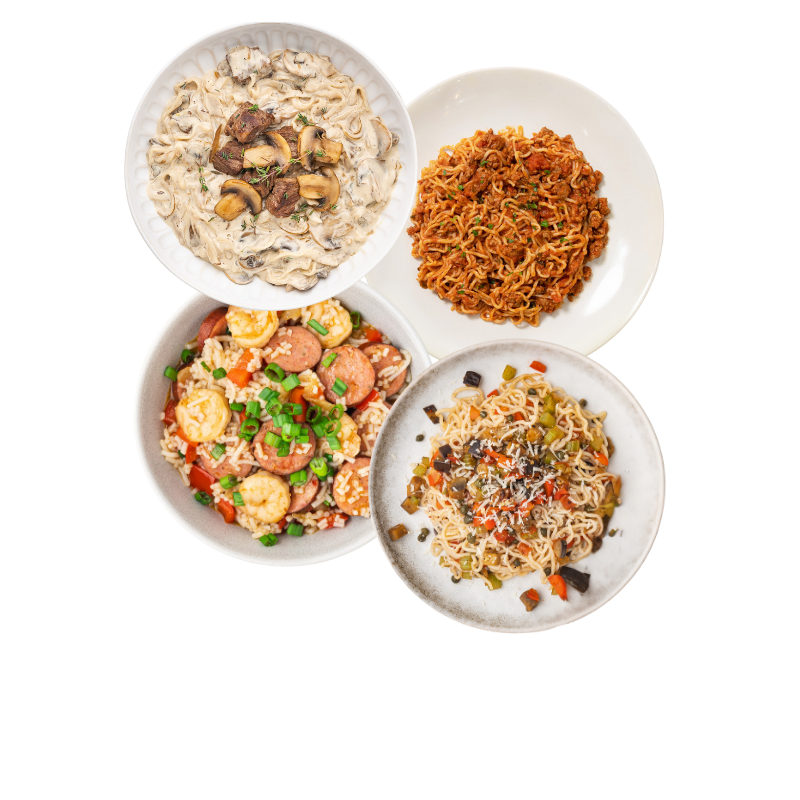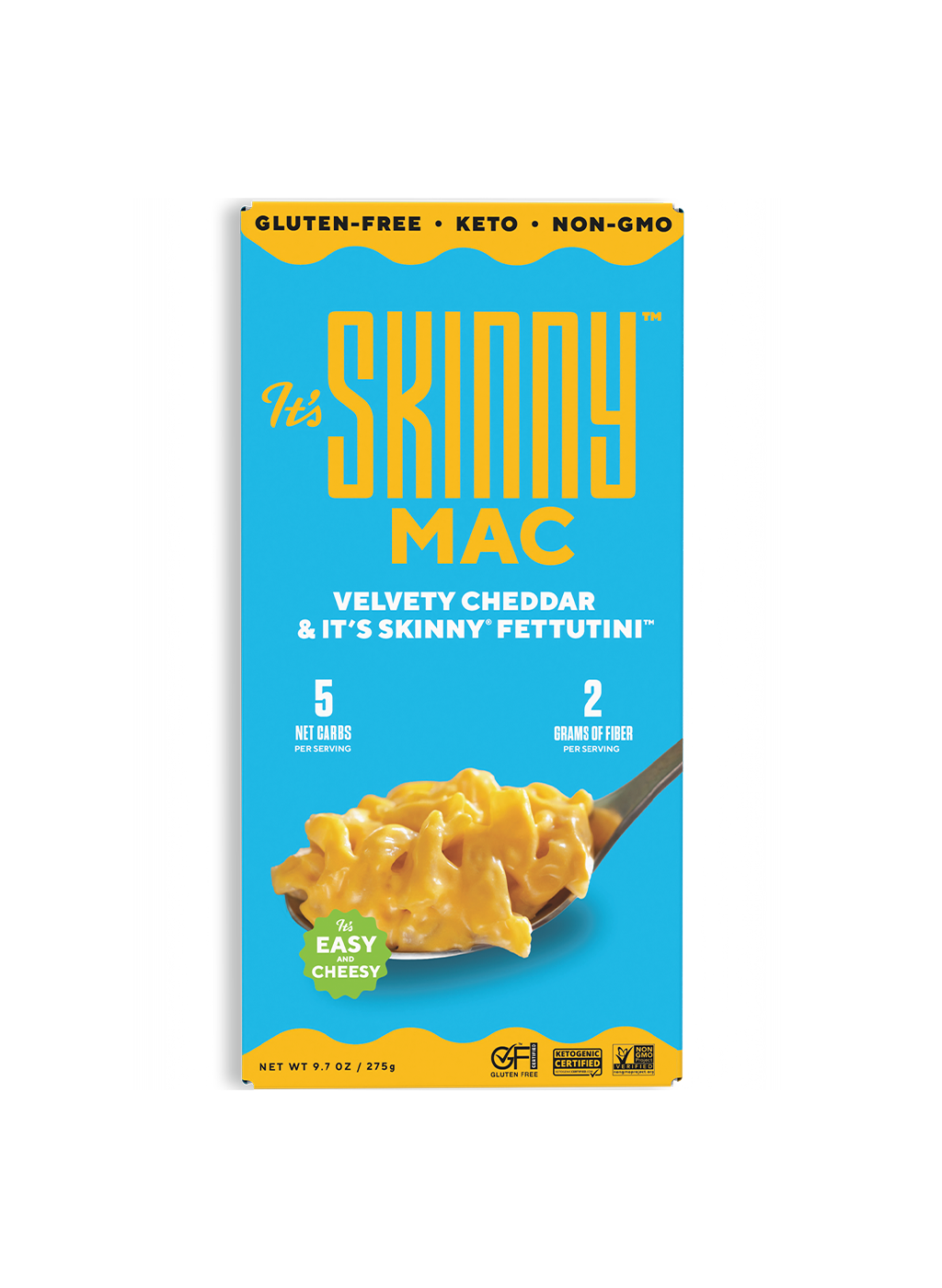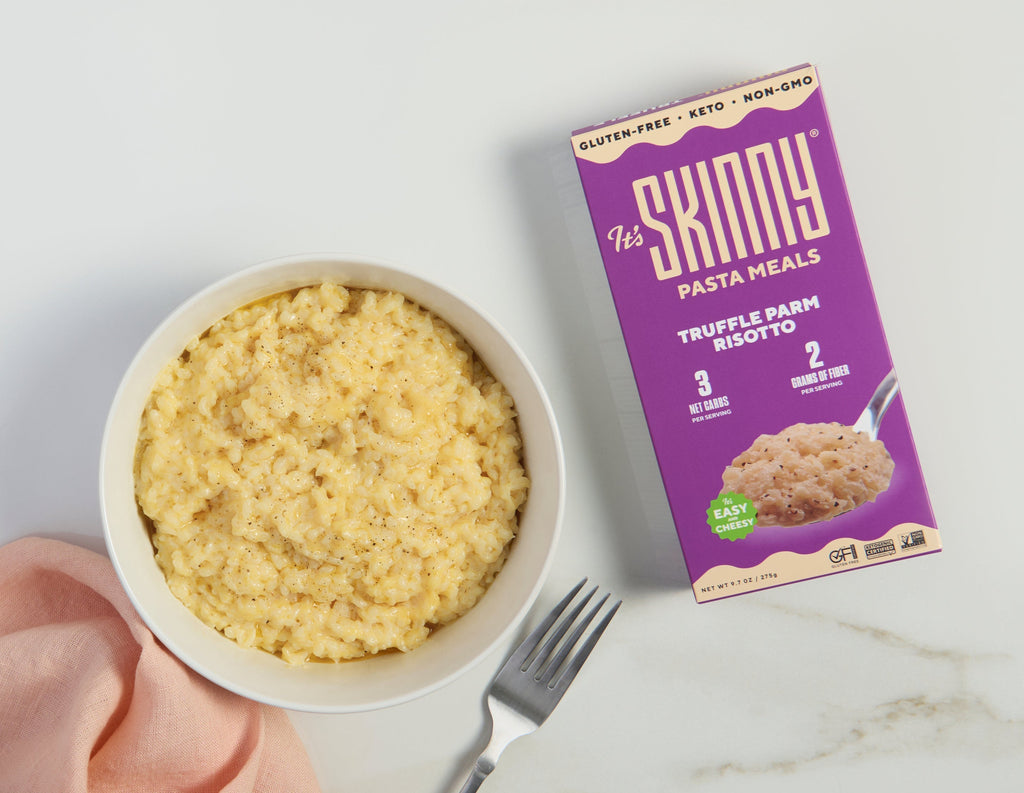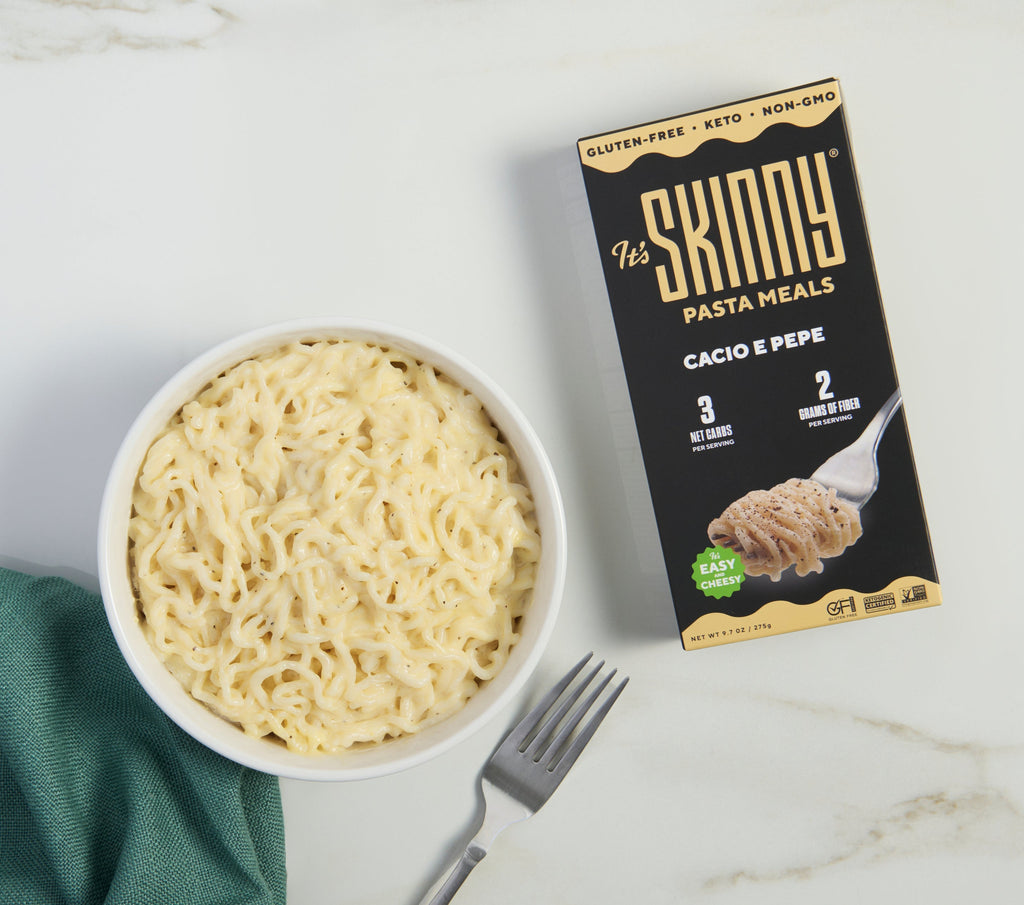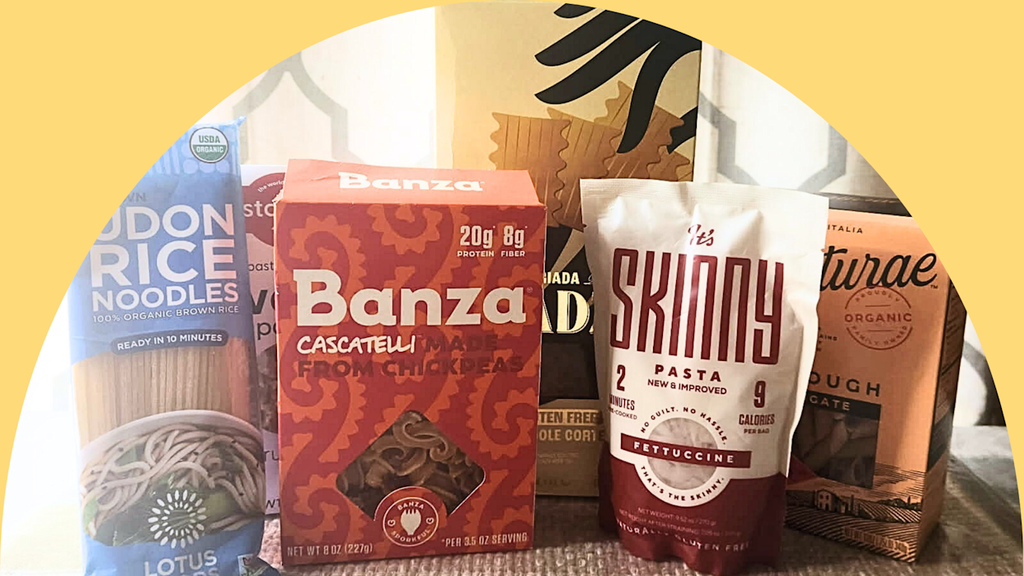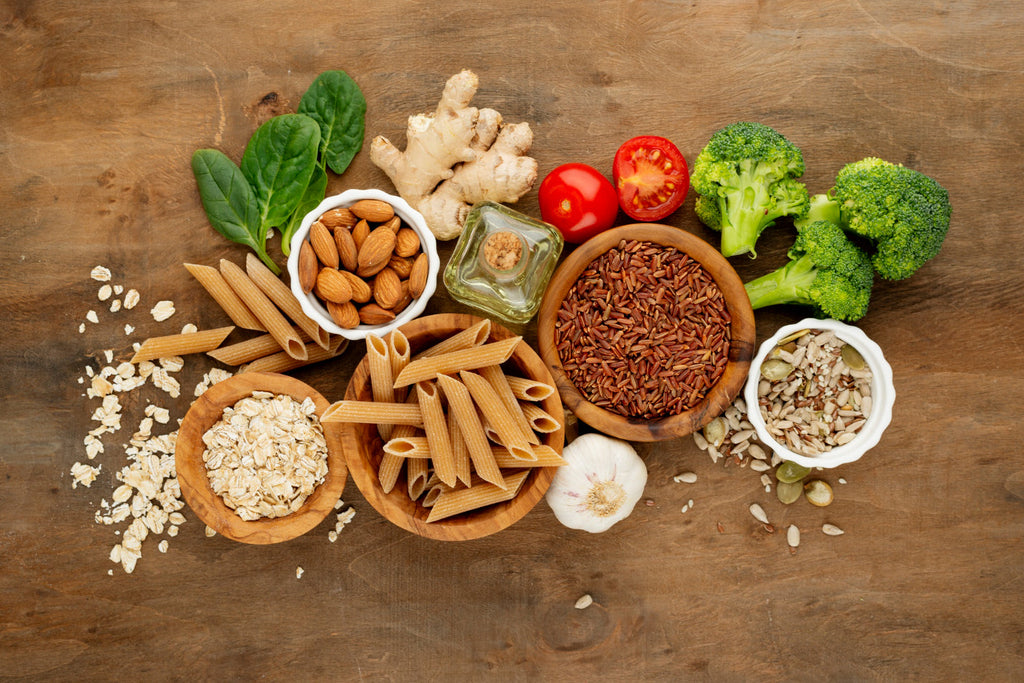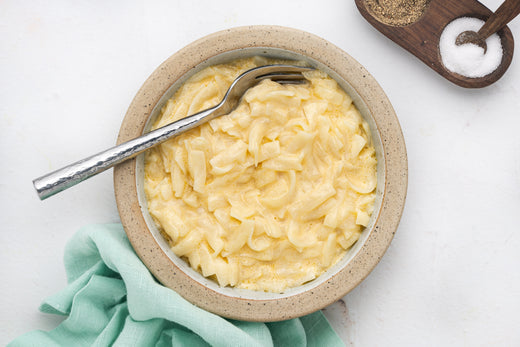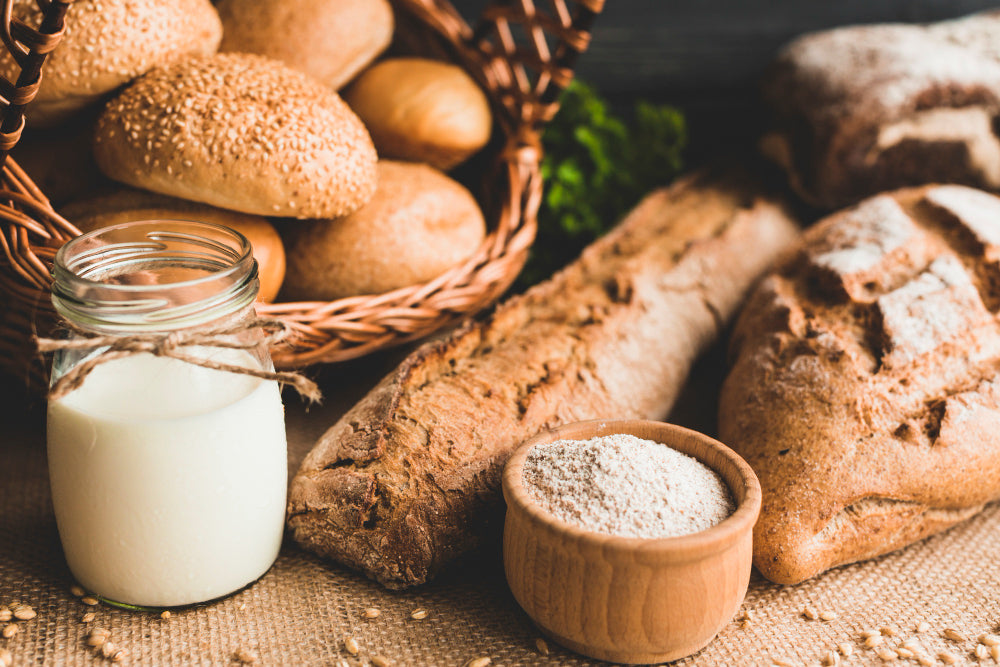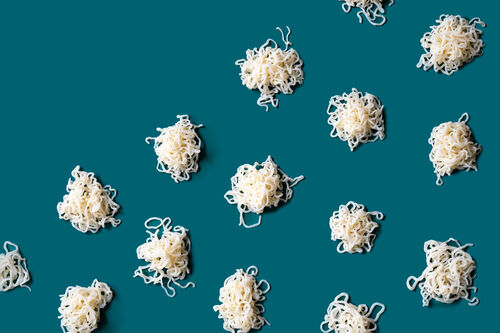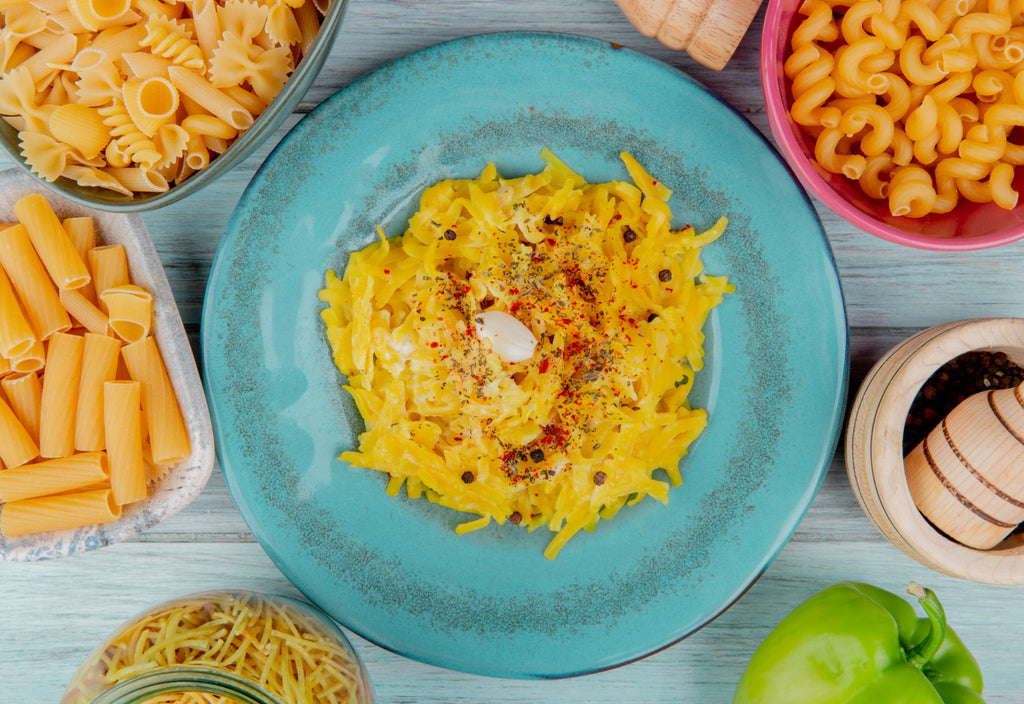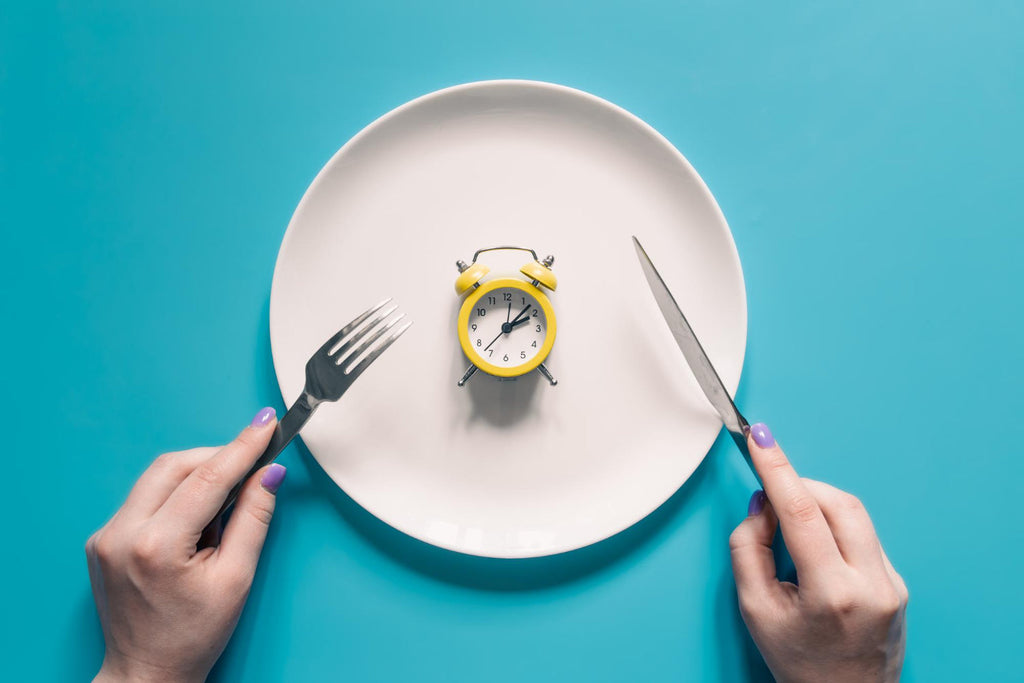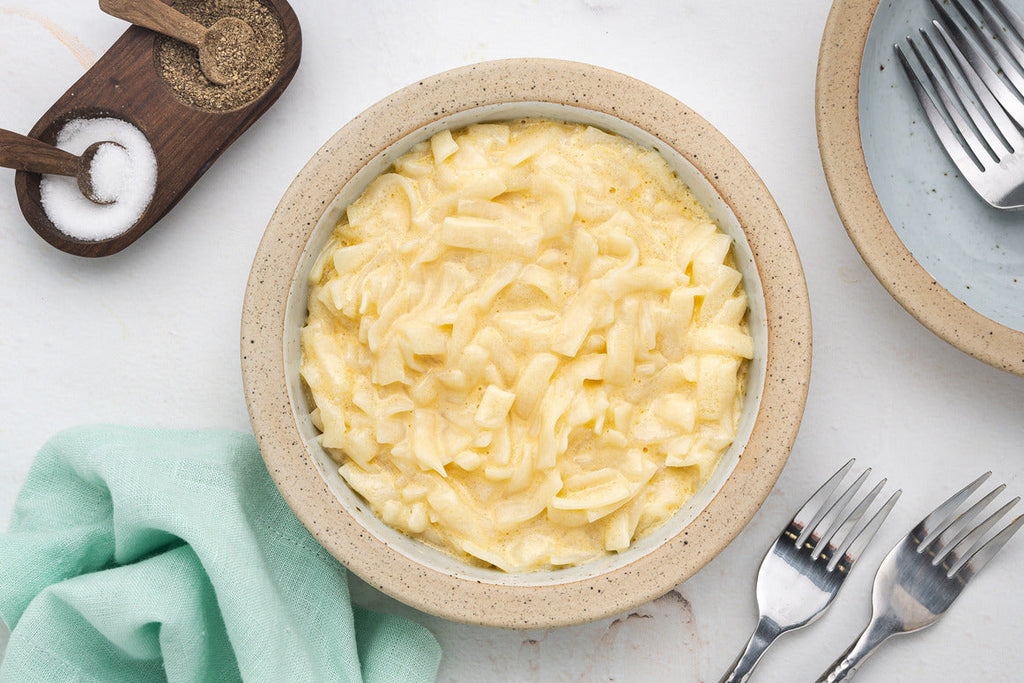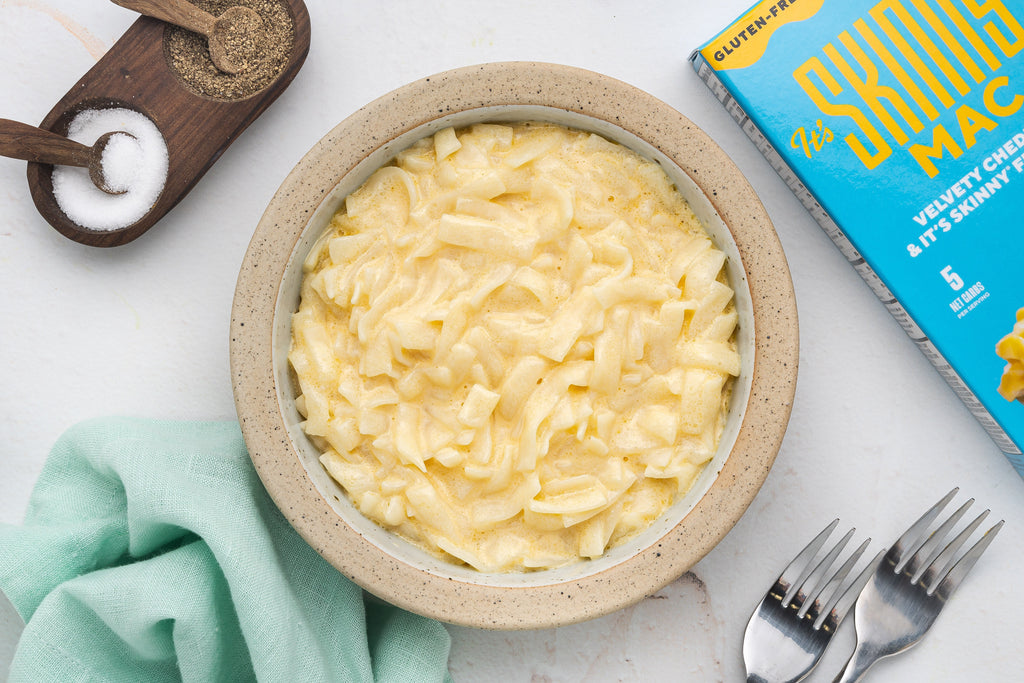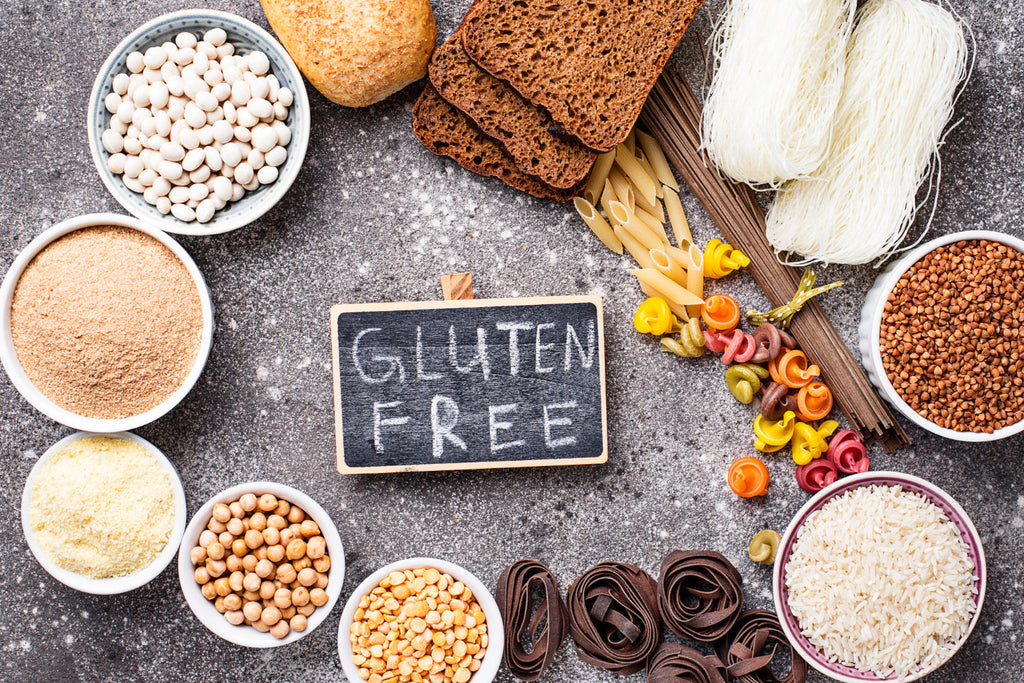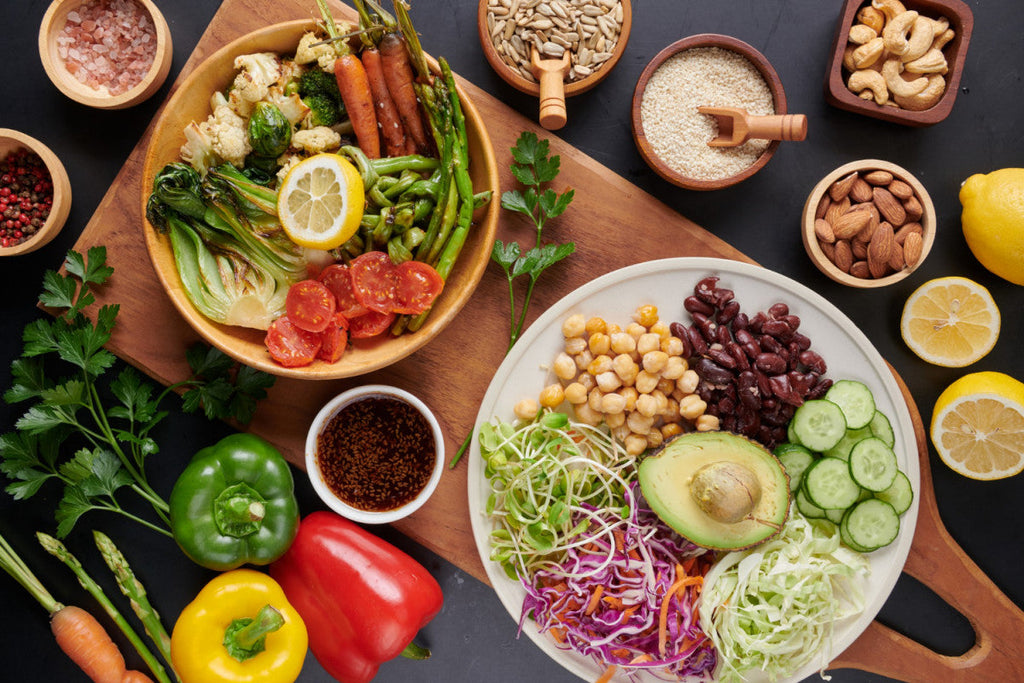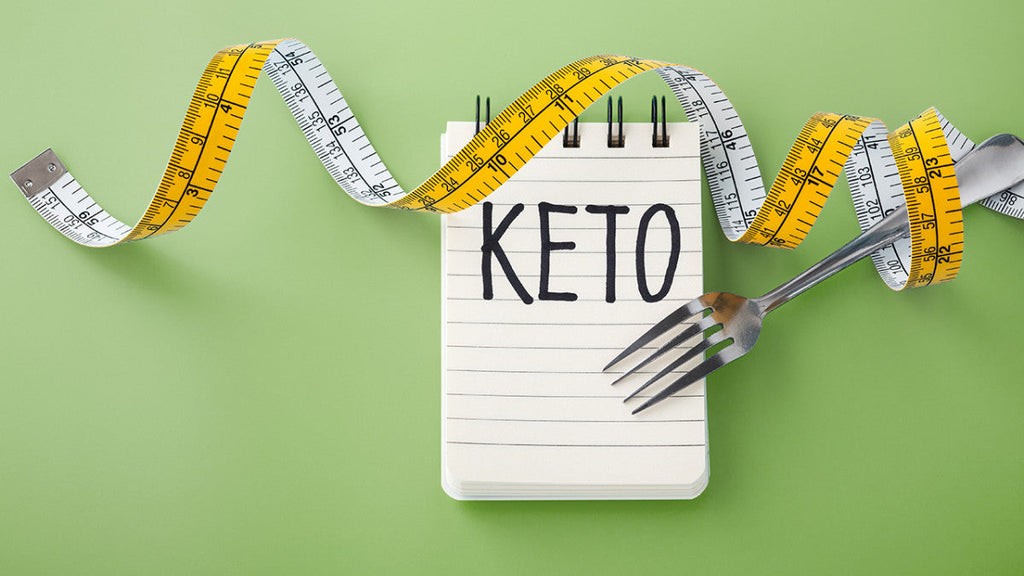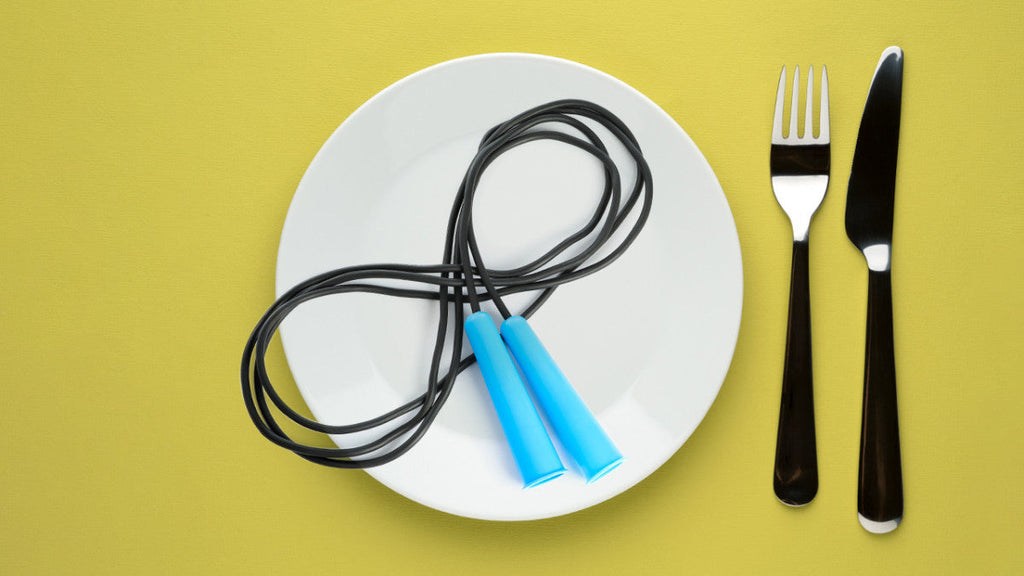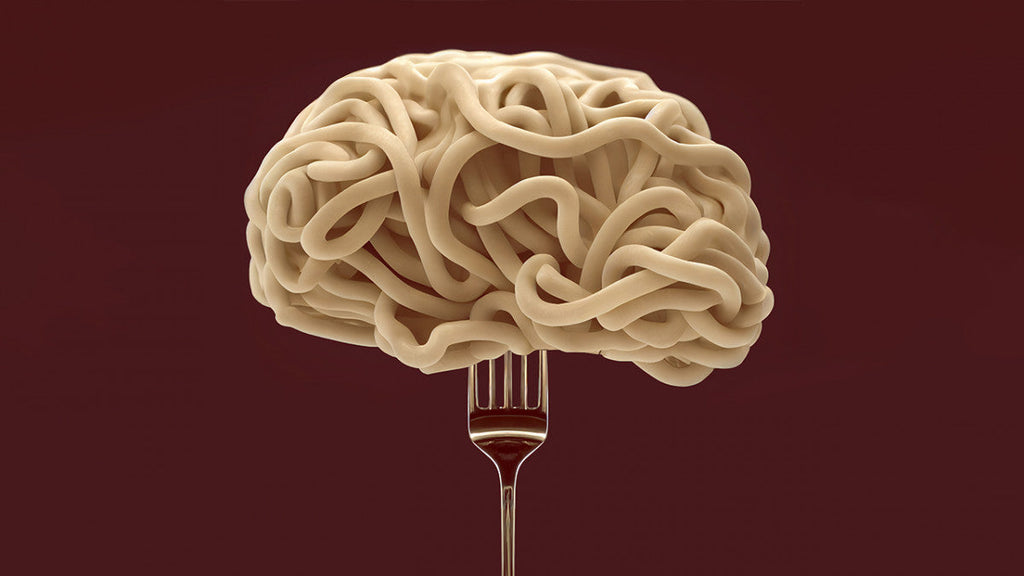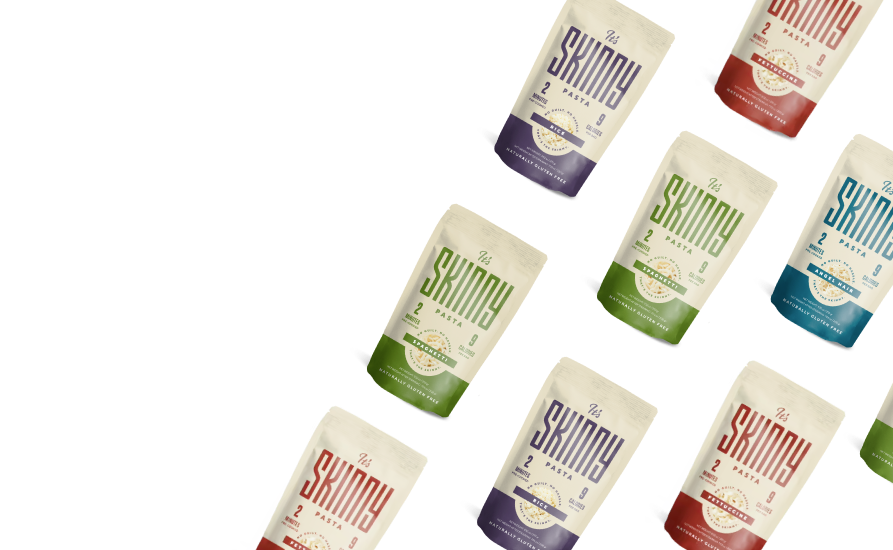Keto Dieting Basics: What Are the Right Ketone Levels for Ketosis

So you’ve decided to try the keto diet to drop some weight. Many people find that a low-carb or keto diet is a great choice with fast results. Of course, you should always follow your doctor’s recommendations and work with a medical professional before attempting any diet. But if you’re considering keto, you’re probably starting to wonder about the ketone levels for ketosis.
What does a ketone level mean? How do you know if you're at the ideal ketosis level for weight loss? Then, once you get there, how do you ensure that your diet stays on track (like, ugh! Keto cravings!)?
WHAT IS THE KETO DIET EXACTLY?
The ketogenic or keto diet is a low-carbohydrate and high-fat diet plan. When you follow keto, you reduce your carb intake significantly, which causes your body to go into a state called ketosis. During ketosis, your body's metabolism shifts from burning carbs for energy to burning fat.
Sounds pretty good, right? Well, for some people, keto is a great fit. When you're in a state of ketosis, you often feel energetic, and you may see a positive shift in your mood. You may also find that you're less hungry. Some people even find that they have an easier time building muscle on a keto diet.
Assuming that your medical professional has given you the all-clear to try the keto diet, what's there to lose?! Keto sounds like a great diet option—energy, weight loss, muscle building, no more feeling hangry!
Indeed the keto diet yields excellent results for many people. Low-carb diets of all types (like paleo or Whole 30) are often quite successful for many reasons. When people shift to paying attention to their foods, they usually see some significant weight loss. Eliminating sugars, proceed junk food and mindless eating make a HUGE difference in your diet.
But with keto, there's another factor as well. Keto actually shifts your metabolism into ketosis. This state is measured by the presence of something called ketones in your urine. When your ketones are at a certain level, your metabolism is optimized for weight loss.
ARE THERE DRAWBACKS TO KETO?
As with any diet, there are several considerations you should make before you start. If you decide on keto, it's essential to have bloodwork and a checkup with your doctor first. Your doctor should ensure you don't have any health concerns like diabetes, kidney issues, or other situations where a high-fat, low-carb diet would be ill-advised.
The most challenging part of keto is often managing the first few weeks of the diet. You might feel tired, run down, and even a little sick during the initial keto process. This time period is often referred to as the "keto flu," and it's a sign that your metabolism is shifting into ketosis.
You may have also heard that “ketones” are bad. It’s important to recognize that for people with diabetes, ketones in the urine or blood can reach very high levels. This condition is known as diabetic ketoacidosis, which is dangerous for those with diabetes. But for people in dietary ketosis or "nutritional ketosis," ketone levels are lower and much safer to manage.
Another challenge of the keto diet is variety. If you want to be successful on the keto diet, you should plan ahead with some keto-friendly versions of your favorite dishes. Have an idea of how you’ll manage snacks, desserts, and other stumbling blocks for keto success.
Keto is relatively easy for people who are avoiding carbohydrates and those on gluten-free diets. It can be a more challenging diet plan for vegetarians and particularly for vegans. Many high-fat, low-carbohydrate foods (like high-fat cheese, butter, egg yolks, and meats) aren’t as vegan-friendly. Vegans and vegetarians should work with a doctor or nutritionist to help ensure they’re getting the right variety of nutrients to keep them full and satisfied.
When you start keto, it might feel challenging at first. You may experience keto cravings during the first few weeks. These cravings are entirely normal and expected. Some of it may be psychological—we often want the foods we can't have. Other parts of it could be your body adjusting to fewer calories from sugar.
If you need to satisfy your keto cravings, don’t worry—we have plenty of keto-friendly meal ideas that include It's Skinny Pasta, and It's Skinny Rice! It's Skinny allows you to enjoy your favorite comfort foods ultra-low-carb style. It's Skinny contains ZERO net carbs and only 9 calories per pack. It's ideal for keto and low-carb dieters.
What's even better is that It's Skinny tastes great, and it's so easy to work with. You can enjoy all your favorite pasta, noodle, and rice dishes, like:
- Thai Drunken Noodles
- Fried Rice
- Rice Pudding
- Spaghetti Alla Bolognese
- Chicken Fettuccine
- ...and so much more!
Recreate all your favorite dishes with keto-friendly It's Skinny Pasta! It's the perfect way to keep your keto diet on track, manage your ketone levels, and ensure you don't derail your diet with carbs.
Plus, thanks to filling glucomannan fiber from the Konjac root, It's Skinny keeps you filling satisfied. It doesn't taste like "diet food." It's Skinny is a filling, delicious way to lighten up all your favorite dishes. It's Skinny is available in four varieties: Fettuccine, Spaghetti, Angel Hair, and Rice, as well as a variety pack for those who can’t decide!
It’s the keto dieter’s secret to success!
HOW LONG DOES IT TAKE TO GET TO KETOSIS? HOW DO I TEST FOR KETOSIS?
Once you begin following the keto diet, your body takes several days to a week before it burns through all the carbs stored in your system. Human bodies store carbohydrates in the muscles and the liver. Once our bodies use up the stores, our metabolism switches to burning off fat for fuel.
And what are the ideal blood ketone levels? Keto dieters usually aim for a blood ketone level of .5- 3.0 mmol/L. Which, to most of us, probably sounds confusing. How do you test for ketosis? How will you know if your body is in the right state for burning fat?
You can purchase different ketone monitoring devices that are available on the market. One of these devices, a blood ketone meter, is similar to a blood sugar monitor. You use a collection strip to get a few drops of blood from your finger. The blood ketone meter measures beta-hydroxybutyrate, a type of ketone often present in the blood during ketosis. It’s important to test at about 3 hours after eating, as your most recent meal can skew the results.
Breath tests are another ketosis-checking option. These testing devices can be pricy, but some people prefer them to blood-testing monitors. The breath tests measure the acetone levels in your breath, as acetone is a sign of ketosis. The monitor will include guidelines on determining the right ketone levels to indicate ketosis.
Finally, there are also urine test strips on the market. Urine strips are quite affordable and easy to use. You simply dip the test strip into your urine collection, and it will change color, indicating ketones. Urine testing is generally less accurate than blood or breath testing for ketosis, but it can still be an easy and effective way to ensure that your body is in the right state for burning fat.
You should test your ketone levels every few days to ensure that your body is in the optimal state for burning fat. You can still lose weight on a low-carb diet, even if you don't go into ketosis, but the process will likely be slower, and you might not get the keto boost of energy and satisfaction (in other words, you might feel hungry and fight carb cravings).
HOW MANY CARBS CAN I EAT ON KETO?
So, how do you get into the state of ketosis? Will one cookie snap you out of ketosis and undo your progress? Yes and no.
To get into ketosis, you need to reduce your carbohydrate intake significantly. Most people on keto keep their dietary carb levels at less than 25 grams of net carbs per day (that equals 50 grams of total carbs). It’s Skinny Pasta has zero net carbs!
To calculate the net carbs in a food, you would look at the number of carbs less fiber. Because It’s Skinny is made from the konjac root, which is exceptionally high in satiating glucomannan fiber, it’s ideal for keto dieters. Imagine pasta without carbs! Amazing!
So what about foods that contain some carbs? If you accidentally consume something high in carbohydrates, will you derail all your hard work? Your body will often switch out of ketosis if you consume too many carbs. Getting your body back on track can take a few days to a week. That doesn't mean you'll necessarily start gaining weight, but eventually, you may experience some of the “keto flu” effects when you return to keto.
After a few months of keto success, some folks choose to try something called keto cycling. This means shifting off keto for a few days every couple of weeks or once a month. While keto cycling may result in the keto flu side effects, it can also make the keto diet more sustainable for some people in the long term.
The idea that at some point down the road, you can enjoy a few of your favorite carbohydrates (like birthday cake or pumpkin pie at Thanksgiving) can help you keep your eye on the long-term prize. Keto isn't difficult, especially with helpful tools in your arsenal, like It's Skinny Pasta, which allows you to enjoy your favorite dishes while on keto. At some point, however, you may give into one of those keto cravings, and it's good to know that you can cycle back onto the plan and continue with success, even if you have an off day or two.
Should you try the keto diet? Will you lose weight on keto? Many people have had a lot of success on keto. If you focus on all the delicious foods you can still enjoy—protein, avocado, cheese, vegetables, and (It’s Skinny) pasta and rice; then keto can be an easy way to lose weight and feel great.
If you're ready to try keto, talk to your physician to ensure it's a good idea for your body. Then stock your kitchen with keto-friendly foods, purchase some keto test strips, and get ready to burn away all that fat!






